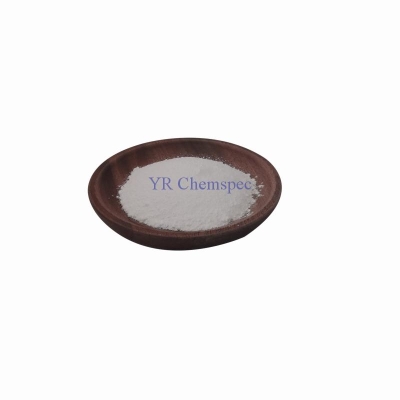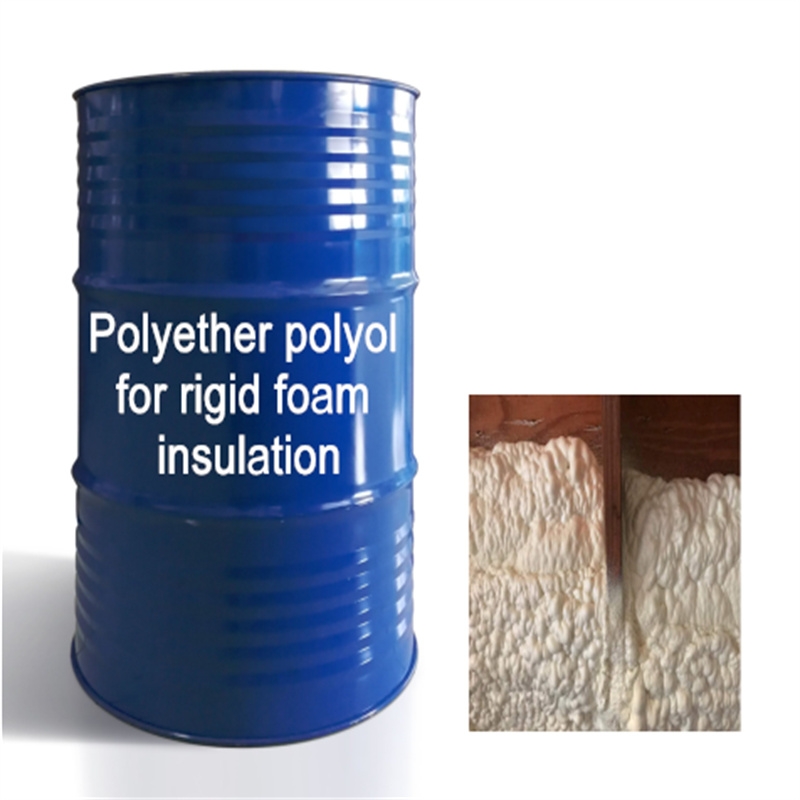-
Categories
-
Pharmaceutical Intermediates
-
Active Pharmaceutical Ingredients
-
Food Additives
- Industrial Coatings
- Agrochemicals
- Dyes and Pigments
- Surfactant
- Flavors and Fragrances
- Chemical Reagents
- Catalyst and Auxiliary
- Natural Products
- Inorganic Chemistry
-
Organic Chemistry
-
Biochemical Engineering
- Analytical Chemistry
- Cosmetic Ingredient
-
Pharmaceutical Intermediates
Promotion
ECHEMI Mall
Wholesale
Weekly Price
Exhibition
News
-
Trade Service
Early research on TiO 2 photocatalytic oxidation of organic pollutants mainly focused on photocatalysis in suspension systems
.
The semiconductor powder exists in the aqueous solution in a suspended state, the catalyst can maintain its inherent activity, and the removal efficiency of organic pollutants is high, but the TiO 2 particles are easy to lose, and separation and recovery are difficult
According to the photocatalytic oxidation mechanism, the activity of the photocatalyst mainly depends on the concentration of photogenerated carriers (e - and h + ) generated after being excited by light , the active points on the catalyst surface and the surface adsorption performance, and these factors are all related to the catalyst’s The particle size is related
.
As the particle size decreases, the number of atoms exposed to the surface increases rapidly, and the light absorption efficiency increases, thereby increasing the concentration of photogenerated carriers on the particle surface
How to prepare high-activity TiO 2 nanocrystals is one of the frontiers and important directions of photocatalysis research
.
The preparation technology of TiO 2 photocatalyst has an important influence on its photocatalytic activity.
(1) Vapor-phase method Chemical vapor deposition method is a traditional film-making technology, which uses gaseous substances to chemically react on a solid surface to generate solid deposits.
The precursors need to be transported to the reaction chamber with carrier gas for reaction
.
When TiO 2 is loaded by chemical vapor deposition method , titanium alkoxide or inorganic salt of titanium is used as a raw material, and it is vaporized under heating, and a layer of TiO 2 is formed by chemical reaction on the surface of the carrier under the carrying of inert gas.
① Titanium alkoxide gas phase hydrolysis method
.
This process was first developed by MIT to produce monodisperse spherical TiO 2 nanoparticles
Ti(OR) 4(g) +4H 2 O(g)→Ti(OH) 4(s) +4ROH (g)(4-11)
Ti(OH) 4(s) →TiO 2 ·H 2 O (s) +H 2 O (g)(4-12)
TiO 2 ·H 2 O (s) →TiO 2(s) +H 2 O (g)(4-13)
②TiCl 4 oxyhydrogen flame hydrolysis method
.
This method is to vaporize TiCl 4 and introduce it into a hydrogen-oxygen flame for gas-phase hydrolysis.
TiCl 4(g) +2H 2(g) +O 2(g) →TiO 2(s) +4HCl (g)(4-14)
③TiCl 4 gas phase oxidation method
.
This method is to vaporize TiCl 4 with O 2 for gas-phase oxidation reaction at high temperature.
TiCl 4(g) +O 2(g) →TiO 2(s) +Cl 2(g) (4-15)
The nano-TiO 2 powder prepared by the gas phase method has high purity, small particle size, and good monodispersity; but the process is complicated, the energy consumption is large, and the cost is high
.
There are not many parameters that can be controlled by the gas phase method.







